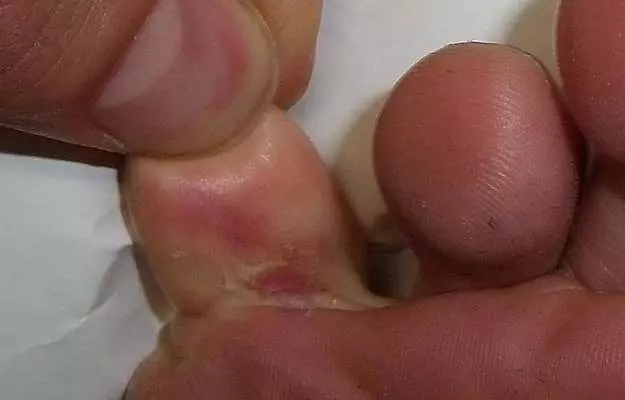Fungi are present throughout our environment. Like many microbes, some fungi are useful, for example as food or medicine, and some are harmful, such as food-borne mold or disease-causing fungal spores.
To know the treatment for fungal infection, please click on the link given here.
When harmful fungi invade the body, they can be difficult to kill, as they can survive in any type of environment and reinfect a person trying to recover.
Fungi do not belong to the group of neither plants nor animals, they have been defined by scientists as a separate group of their own. There are approximately 99,000 known species of fungal organisms, including yeasts, rusts, smuts, molds, and mushrooms.
Fungi are found in almost any habitat, including the International Space Station (ISS), where they were found to decompose food. Some spores survive in microgravity for up to 5 months.
Many fungi live in soil or water; some have parasitic or symbiotic relationships with other plants or animals. They are present in foods such as mushrooms and baker's yeast and have important roles in medicine and environmental protection.
This article explains in detail what is fungus, the types of fungus, why fungus affects the body, and what are the diseases caused by fungi.
(Read More - Home Remedies for Fungal Infection)














